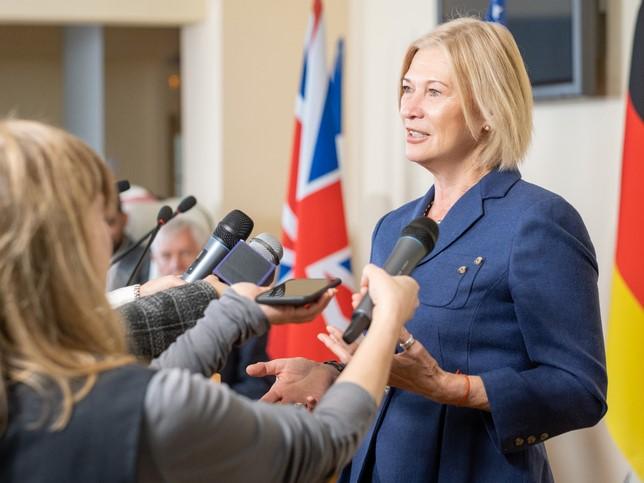
Regional place-makers: how to demonstrate the economic and societal value of higher education

A new UK government will soon be in place, and regardless of the general election result, the process of change brings possibilities. It is an opportune time to consider how higher education institutions can communicate economic and societal value and strengthen their voice in regional strategic planning for growth and regeneration.
Look beyond Westminster
It is important to build support outside Westminster, not just for advocacy purposes, but because a change of government could mean an intensified commitment to devolution and a new approach to regional planning. So senior figures in higher education should engage with local politicians, mayors, councillors and organisations such as chambers of commerce and local enterprise partnerships.
Their institutions are locally significant employers and community anchors that understand the breadth and specificity of the needs of their communities. As such, they are in strong positions to address skills gaps, support local businesses, drive engagement with cultural hubs and mobilise regional investment in research and innovation.
- Election special: collected insight on how universities can lobby government
- THE podcast: what does the UK election mean for higher education?
- Driving change through knowledge: how to increase policy impact
Build regional presence
Higher education providers should step up efforts to lead or participate in place-making plans that purposefully and meaningfully address specific local challenges, as recommended in the recent GuildHE Local and Regional Policy Manifesto. The opportunity and the time is now to take an active role in co-creating local growth and regeneration plans.
A successful example of regional collaboration is The Hive, Europe’s first fully integrated university and public library, jointly run and owned by the University of Worcester and Worcestershire County Council. The building is a space open to all, hosting exhibitions, a business centre, council services, a cafe and a theatre. Against a backdrop of the number of public library branches falling, the library annually ranks among the 10 most-visited libraries in the country.
Another example is the three-year strategic agreement recently signed by my own institution, St Mary’s University Twickenham, based in historic Middlesex, with Surrey County Cricket Club, which will focus on knowledge-sharing and the facilitation of research in sports science and elite sporting achievement.
Shout about it, strategically
There is much impactful and innovative work taking place across higher education that addresses regional and national economic, social and cultural challenges in the UK. But simply doing such work isn’t enough if we want to increase positive public perceptions and sway government support in favour of our institutions.
Traditional large-scale metrics and economic impact studies are not always able to capture the economic impact of particular disciplines, or the contributions of a higher education institution to its local economy.
Engaging with communities in marginalised neighbourhoods or working with small, local businesses to strengthen supply chains are examples of knowledge exchange impact that can be difficult to measure. The role of higher education institutions in delivering vocational and technical education is less well understood than in other education sectors.
The UK higher education system is world-leading, not just because of the quality of our academic research, but because we have a diversity of providers and qualifications, invest in social mobility, and provide substantial financial benefit to the economy. Yet the UK has the lowest share of public funding in tertiary education among member countries of the Organisation for Economic Cooperation and Development.
As a sector, we need to do much more to show our value and impact, and this should start at a local level to build consensus – for instance, detailing how our graduates and the skills they offer support regional or industry development.
Regional growth strategies and local authority partnerships will be even more important in the future for connection and to build our evidence base. It is worth considering alternative approaches to telling these stories, making use of new ways to demonstrate impact.
For GuildHE’s Building the Jigsaw report, we illustrated the impact of initiatives and collaborations by 10 member institutions using case studies and heat maps. This highly effective approach visually represented the unique contribution each institution’s research and knowledge exchange activities had on “place”.
With a refreshed plan for communicating their work and contributions, institutions can develop a range of evidence that demonstrates impact at a local, regional and national scale. Then they must share successes not just with media outlets but also with local politicians, councillors and local and regional business forums.
Anthony McClaran is vice-chancellor of St Mary’s University Twickenham and chair of GuildHE.
If you would like advice and insight from academics and university staff delivered direct to your inbox each week, sign up for the Campus newsletter.


